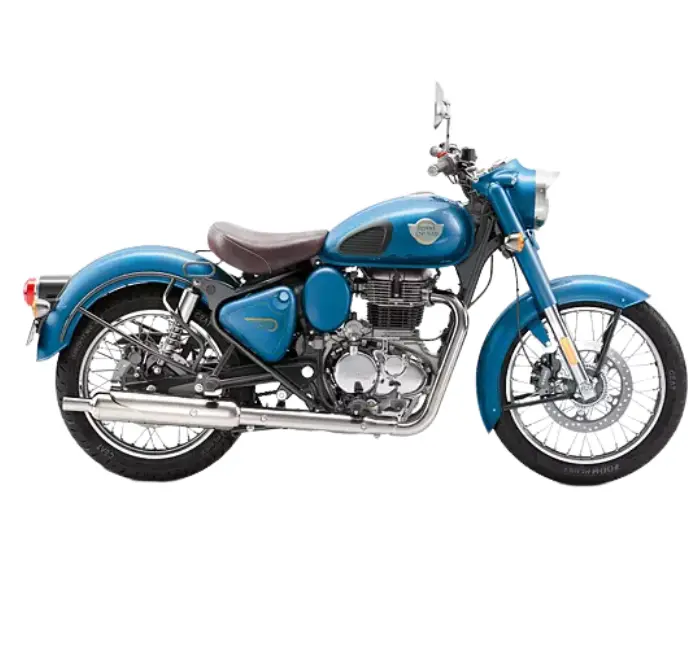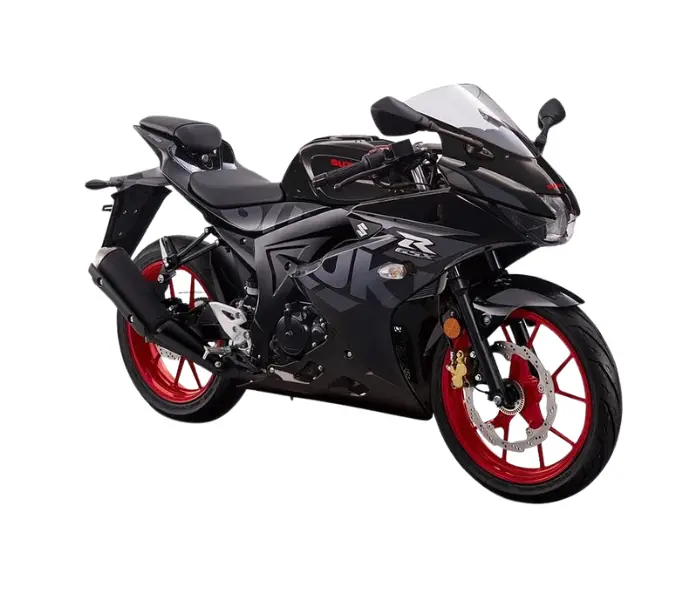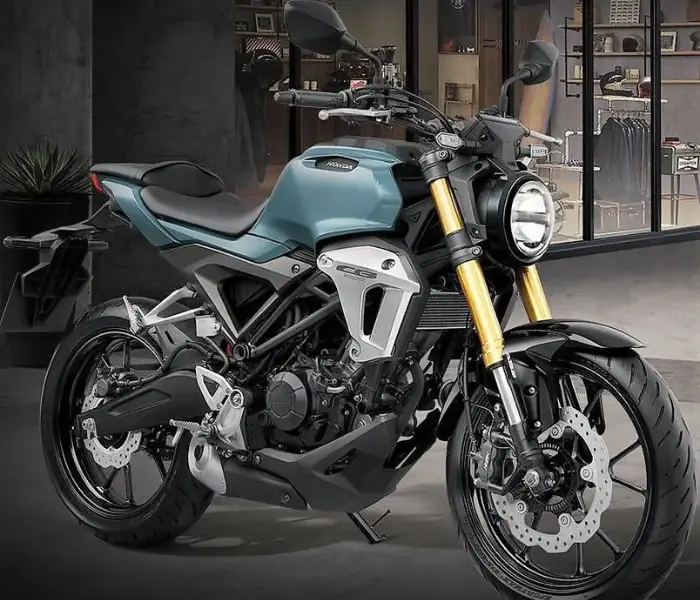Auto rickshaws are essential for short-distance transportation, offering affordability and convenience. However, not all auto rickshaws are the same—they vary in fuel type, functionality, and environmental impact. This guide explores various types of auto rickshaws, their features, issues, and solutions, helping you make informed choices while addressing environmental and economic concerns.
CNG-Powered Auto Rickshaws
Features:
Powered by Compressed Natural Gas (CNG), an alternative to petrol/diesel.
Commonly used in urban areas for passenger and light cargo transportation.
Cost-effective and environmentally friendlier than petrol/diesel vehicles.
Average price: BDT 3,50,000–4,50,000.
Parts: Basic engine, CNG kit, three-wheeled chassis, seats, and canopy.
Issues:
Refueling Infrastructure: Limited CNG filling stations in rural areas.
Fuel Shortages: Occasional supply shortages lead to long queues.
Environmental Impact: Though cleaner than petrol, it still emits greenhouse gases.
Solutions:
Expand CNG refueling stations, particularly in rural and semi-urban areas.
Encourage periodic engine maintenance for improved fuel efficiency.
Shift towards hybrid models that integrate CNG and electricity.
Battery-Powered Auto Rickshaws (E-Rickshaws)
Features:
Powered by rechargeable lead-acid or lithium-ion batteries.
Popular in urban and semi-urban areas for short trips.
Cost-effective and quieter than combustion-based rickshaws.
Average price: BDT 1,50,000–2,50,000.
Parts: Electric motor, rechargeable battery, lightweight body, and basic electronics.
Issues:
Battery Disposal: Improper disposal of lead-acid batteries causes pollution.
Charging Infrastructure: Lack of widespread charging stations.
Durability: Substandard parts lead to frequent breakdowns.
Solutions:
Promote lithium-ion batteries over lead-acid for longer life and recyclability.
Install solar-powered charging stations in strategic locations.
Enforce stricter quality standards for components and ensure proper recycling.
Petrol/Diesel-Powered Auto Rickshaws
Features:
Uses traditional internal combustion engines.
Suitable for both urban and rural areas, particularly where other fuels are unavailable.
High power output makes it suitable for heavier loads.
Average price: BDT 3,00,000–4,00,000.
Parts: Combustion engine, fuel tank, exhaust system, and durable chassis.
Issues:
Pollution: Emits harmful gases, contributing to air and noise pollution.
High Fuel Costs: Rising fuel prices increase operational costs.
Maintenance: Frequent servicing required due to engine wear and tear.
Solutions:
Gradual transition to hybrid or electric models to reduce emissions.
Implement strict emission norms and regular engine checks.
Offer incentives for converting older models to cleaner fuel options.
Hybrid Auto Rickshaws
Features:
Combines petrol/diesel engines with electric motors, offering flexibility.
Reduced emissions and better fuel efficiency.
Suitable for urban environments with high fuel prices.
Average price: BDT 4,50,000–6,00,000.
Parts: Dual powertrain, batteries, electric motor, and integrated control system.
Issues:
High Initial Cost: More expensive than single-fuel models.
Complex Maintenance: Dual systems require skilled technicians.
Battery Lifecycle: Limited battery replacement options.
Solutions:
Provide subsidies to offset high initial costs.
Train technicians for hybrid system maintenance.
Develop better battery technologies with extended lifecycles.
Engine-Enhanced Rickshaws
Features:
Modified with more powerful engines to carry heavier loads.
Widely used in rural areas for goods transport.
Affordable and adaptable to local needs.
Average price: BDT 2,50,000–3,50,000.
Parts: Enhanced engine, reinforced chassis, and larger cargo space.
Issues:
Safety Concerns: Overloading can lead to accidents.
Fuel Inefficiency: Bigger engines consume more fuel.
Wear and Tear: Frequent repairs due to heavy use.
Solutions:
Implement load limits and regular safety inspections.
Encourage upgrades to hybrid engines for better efficiency.
Provide durable components to reduce maintenance costs.
Solar-Powered Auto Rickshaws
Features:
Powered by solar panels and rechargeable batteries.
Zero emissions, making it the most environmentally friendly option.
Ideal for sunny regions and urban areas.
Average price: BDT 5,00,000–7,00,000.
Parts: Solar panels, batteries, electric motor, and lightweight frame.
Issues:
High Initial Investment: Expensive compared to other types.
Weather Dependency: Performance drops in cloudy or rainy conditions.
Limited Adoption: Lack of awareness and infrastructure.
Solutions:
Offer government subsidies to reduce purchase costs.
Invest in hybrid solar-battery systems to handle weather fluctuations.
Promote awareness campaigns on the long-term benefits of solar rickshaws.
Special Offers:
Discounts on lithium-ion battery upgrades.
Exclusive deals on solar-powered components.
Free consultation on choosing the best rickshaw for your needs.
Among all types of auto rickshaws, the Solar-Powered Auto Rickshaw is considered the best for its environmental, economic, and long-term usability advantages. Here’s a detailed explanation:
Why is the Solar-Powered Auto Rickshaw the Best Choice?
Environmentally Friendly:
It has zero emissions, meaning it does not release harmful gases like carbon dioxide into the environment.
Solar power is renewable and sustainable, making it an eco-friendly option.
No Fuel Costs:
Since it runs on solar energy, there are no ongoing fuel costs.
In the long run, it is both economical and cost-efficient.
Low Maintenance Costs:
Electric motors are simpler and easier to maintain compared to traditional internal combustion engines.
Solar panels and batteries are durable and require minimal upkeep.
Sustainable and Future-Proof:
Solar-powered vehicles represent a forward-looking technology aligned with the global push for renewable energy.
It’s a long-term investment for a cleaner and greener future.
Financial Incentives:
Governments in many countries offer subsidies or tax breaks for solar-powered vehicles, making them more affordable.
Over time, users can save significantly on operating costs.
Best Situations for Solar-Powered Auto Rickshaws:
Urban and Rural Areas: Where access to CNG or petrol stations is limited.
Sunny Regions: Areas with abundant sunlight are ideal for efficient operation.
Eco-Conscious Users: Individuals or businesses prioritizing environmental sustainability.
Challenges and Solutions for Solar-Powered Rickshaws:
Challenges & Solutions
High Initial Cost: Offer government subsidies or easy installment payment plans to buyers.
Reduced Efficiency on Cloudy Days: Include strong battery backups for energy storage during non-sunny days.
Lack of Awareness: Raise awareness and promote the benefits of solar-powered vehicles through marketing.
Conclusion:
The Solar-Powered Auto Rickshaw is not only eco-friendly but also financially viable and a long-term solution for sustainable transportation. Since it doesn’t rely on traditional fuels and has low maintenance costs, it benefits both individuals and the environment. Choosing the right auto rickshaw depends on your specific needs, budget, and environmental goals. By addressing the issues and adopting sustainable solutions, we can ensure a cleaner, safer, and more efficient transportation system.


















